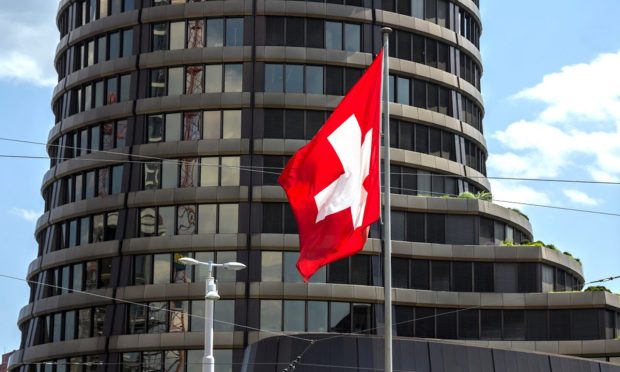
The hallmark of stablecoins has been instability.
In a paper published this week by the Bank of International Settlements (BIS), the analysis shows that with a decade of trading history, none of the more than five dozen stablecoins observed were able to hang on to their pegs.
Stablecoins, of course, are constructed to do just that: trade with an asset backing (such as a currency, or a basket of assets) so that valuations, ostensibly, won’t fluctuate as much as has been seen in the cryptocurrency realm.
But a dive into the history of 68 stablecoins, as per the BIS paper, revealed that stablecoins don’t live up to their billing as being stable.
“Issuers claim that stablecoins can be redeemed at par with the value of the relevant peg,” the paper noted. “To date, the majority of stablecoins have been pegged to a single asset, most typically sovereign currencies, such as the U.S. dollar or euro, but also commodities such as gold or another cryptoassets.”
The promise and concept of how stablecoins should behave has not meshed with reality.
“Not one of them has been able to maintain parity with its peg at all times,” the BIS stated. “This is irrespective of a coin’s size or type of backing.”
A few examples of turbulence are illustrative of the volatility in stablecoins and in the cryptoasset sector overall: The paper noted the TerraUSD implosion of May 2022, the meltdown and bankruptcy of FTX and the fact that these and other “events had a discernible impact on the cryptoasset market, and they brought the growth of the stablecoin market to a halt.”
The liquidity of the stablecoins perhaps leave something to be desired too. The BIS added that reporting on reserves is a fragmented process, and it is “often unclear whether the value, break-down, and sufficiency of reserves has been examined and attested to by an independent certified public accountant…it is impossible to assess with any degree of confidence the quality of the underlying reserve assets” of many of the coins.
The lack of transparency and the fact that the peg has been so often broken shows that “there is currently no guarantee that stablecoin issuers could redeem users’ stablecoins in full and on demand.”
And, ultimately, those coins do “not meet the key criteria for being a safe store of value and a trustworthy means of payment in the real economy.”
The Wednesday (Nov. 8) BIS paper comes just after Michael Barr, vice chair for supervision at the Federal Reserve, told an audience at a Washington, D.C. FinTech Week on Tuesday (Nov. 7) that stablecoins could function as a form of private money that could upset the American financial system if left unregulated, PYMNTS reported.
“There is interest in strong federal regulation of stablecoins that makes sure the Federal Reserve can approve, regulate and enforce against stablecoin issuers, including wallets,” said Barr. “We need a strong framework. It’s better if Congress can decide the rules of the road.”
For all PYMNTS crypto coverage, subscribe to the daily Crypto Newsletter.